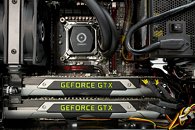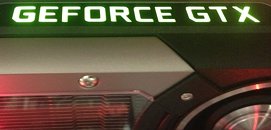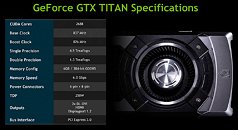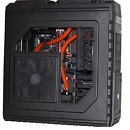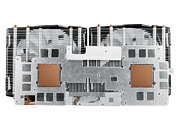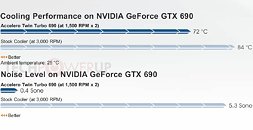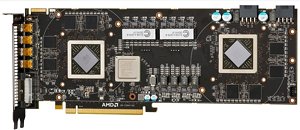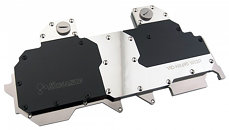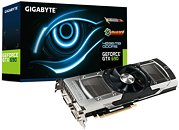
MSI Teases GeForce GTX 780 Lightning Some More
In the run up to its 7th August launch, MSI GeForce GTX 780 Lightning got teased by the company's Europe office some more. Adding to the abstract "I can hear thunder" video presentation from earlier this month, MSI posted three new pictures. The first one depicts the "Lightning" engraving onto the cooler shroud. The second one reveals a new GPU Reactor module that isn't an unforgivable color mismatch this time around. Lastly, there's one that gives us a glimpse of its cooler, particularly its fan, which borrows a few design ideas from NVIDIA, and its metal fan hubs in use since GeForce GTX 690, GTX Titan and some other reference design boards.





